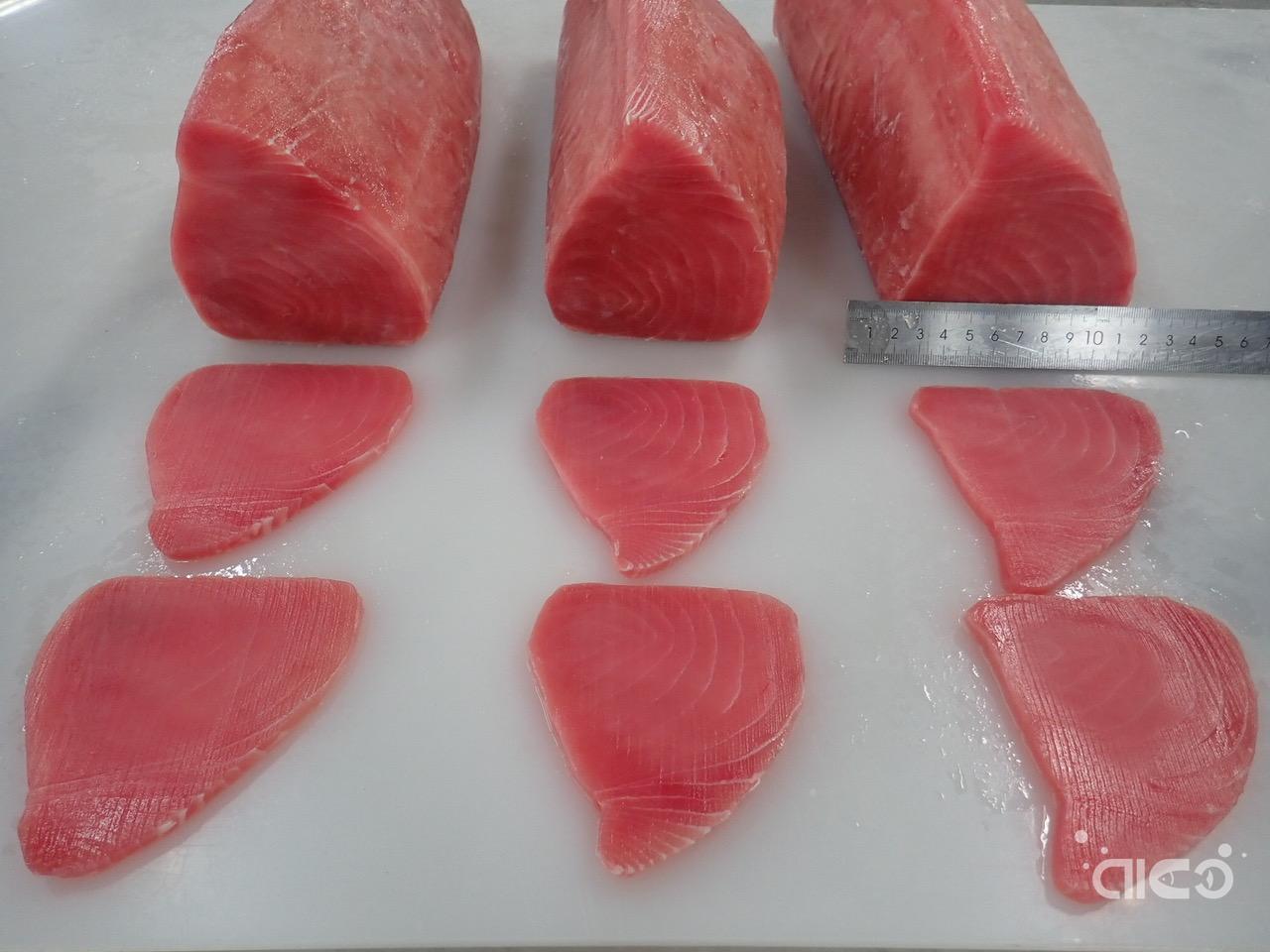Yellowfin tuna prices expected to soar as fishing slows
The price of yellowfin tuna for delivery from Spain remained unchanged at €2,400 per ton this month. Nonetheless, industry insiders expect catches to continue to increase in the coming weeks and months due to slow fishing in several oceans.

The lack of supply of yellowfin tuna from the Indian and Atlantic Oceans has sparked speculation that prices will rise. However, instead of reaching a peak of €3,000/tonne in 2022, prices are likely to be expected to rise to €2,600/tonne in the short term, sources said.
"Yellowfin tuna catches have been poor, so the price trend may resume [rising]. With the exception of Papua, there is small yellowfin tuna in the Pacific [catch]. In Ecuador, yellowfin tuna catches have dropped dramatically. I don't have prices for Ecuadorian yellowfin tuna because there is nothing. A source at a Spanish cannery said, "The current price in Spain is 2,400 euros per ton, so the final price is expected to rise."
Higher raw material prices have had a negative impact on demand over the past year and are expected to offset the increase in yellowfin tuna prices. In addition, the recent sharp increase in containerized freight rates from Asia due to the Red Sea crisis has also deterred European buyers.
"At the end of last year and in the first month of this year, there was very little demand for yellowfin tuna. Now, if you bring yellowfin tuna from China or other Asian countries or from the Indian Ocean region, the containers need to go around Africa because they can no longer cross the Red Sea. This takes 35 days or more, which leads to a slowdown in demand from these regions."

"Starting in March, demand for yellowfin tuna will pick up slightly and prices will rise moderately," noted a source at a second Spanish cannery. The executive emphasized that the slowdown in demand will curb upcoming price increases. He added: "Last year's high prices combined with rising olive oil prices have led to a reduction in canned tuna consumption, which will also lead to a drop in demand, offsetting the upcoming price increases."
Fishing conditions for Indian Ocean vessels, particularly in the Mozambique Channel and its northern part, have been relatively good. Large yellowfin tuna in the region sells for around €2,100-2,150 per ton.
In contrast to the Indian Ocean, results in the Atlantic have remained disappointing, with fishing vessels struggling to find schools of yellowfin tuna. According to sources, recent sales of FAD-free yellowfin tuna were recently sold to a factory in Abidjan at €2,250/tonne, but supplies are low.
The Italian market is showing signs of increased activity and expectations of further trading. However, according to sources in the country, some buyers in Italy have recently rejected offers of €2,500-2,600/tonne, considering the current price too high.
Catches of skipjack tuna have been very good in the Western and Central Pacific, but the proportion of yellowfin tuna is gradually declining. In the Western Pacific, catches of yellowfin tuna are said to have declined significantly in all regions except Papua. Yellowfin tuna in the region is being offered at €2,350-2,400/mt CFR, sources said.

In addition, all canneries are coping with the burden of record high oil prices, with olive oil reaching €8.60/kg and extra virgin over €9/kg. These prices are more than three times what canneries paid less than two years ago, noted a source in the Spanish canneries. "A year and a half ago we paid about €2.60/kg."
In Manta, Ecuador, some yellowfin tuna is selling for $2,200/tonne, but the source said that prices are not the same for all suppliers as yellowfin tuna supplies remain unstable





